
Water Purification - Water Purification Guide
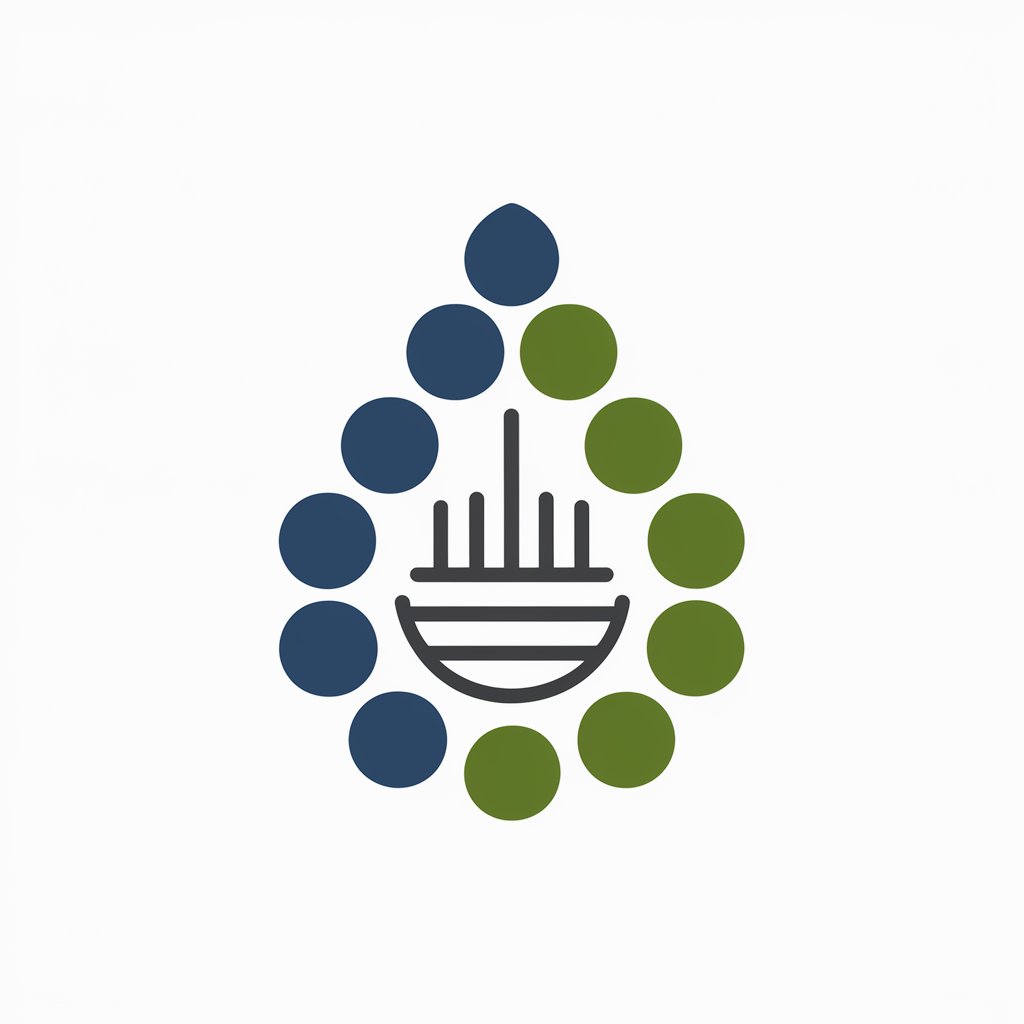
Hello! I'm here to help you understand water purification and filtration.
Purify your water with AI-driven insight
Can you explain the benefits of using a reverse osmosis system for home water filtration?
What are the key differences between activated carbon filters and ceramic filters?
How can I test my tap water for contaminants at home?
What maintenance is required for keeping a water softener system in good condition?
Get Embed Code
Overview of Water Purification
Water Purification encompasses the processes and technologies used to clean water, making it suitable for human consumption and use. This includes removing contaminants, pathogens, and chemicals to ensure water safety and quality. Systems and methods range from simple filtration devices for household use to complex treatment facilities serving entire communities. For example, a basic charcoal filter can improve tap water taste by removing chlorine, while reverse osmosis systems can desalinate and remove a broad spectrum of impurities, including heavy metals and bacteria, for areas with limited freshwater resources. Powered by ChatGPT-4o。

Core Functions of Water Purification
Contaminant Removal
Example
Activated carbon filters
Scenario
Households use these filters to remove chlorine and volatile organic compounds from tap water, enhancing taste and safety for drinking and cooking.
Pathogen Elimination
Example
Ultraviolet (UV) purification systems
Scenario
Hiking enthusiasts and remote communities employ UV systems to inactivate bacteria, viruses, and protozoa in natural water sources, ensuring potable water in areas without access to treated water.
Water Softening
Example
Ion exchange systems
Scenario
Homes with hard water, containing high levels of calcium and magnesium, use ion exchange units to replace these ions with sodium or potassium, preventing scale buildup in plumbing and improving cleaning efficiency.
Desalination
Example
Reverse osmosis plants
Scenario
Coastal areas with freshwater scarcity utilize reverse osmosis facilities to convert seawater into drinkable water, addressing water supply challenges.
Chemical Adjustment
Example
pH neutralizers
Scenario
Aquarium enthusiasts and gardeners use pH neutralizers to adjust water pH, ensuring optimal conditions for aquatic life and plant growth.
Target User Groups for Water Purification
Households
Families and individuals seeking to improve their drinking water quality, taste, and safety, especially in areas with known water contamination issues or in regions relying on well water.
Outdoor Enthusiasts
Campers, hikers, and travelers who need portable solutions to purify water from natural sources, ensuring safe hydration without the weight of carrying large water supplies.
Commercial Enterprises
Businesses such as restaurants, breweries, and agricultural operations requiring specific water quality to ensure product consistency, safety, and compliance with health regulations.
Municipalities
Local governments responsible for providing safe, clean drinking water to communities, needing scalable water treatment solutions to meet public health standards and regulatory requirements.
Health and Emergency Services
Healthcare facilities and emergency response teams requiring high-quality water for medical use or disaster relief, where access to clean water is critical for health and recovery efforts.

How to Use Water Purification
1
Begin by exploring water purification options without any commitments by visiting yeschat.ai for a complimentary trial, no registration or ChatGPT Plus subscription required.
2
Identify your water quality concerns by testing your water or reviewing local water quality reports to determine the specific pollutants or issues you need to address.
3
Select the appropriate water purification system based on your specific needs, whether it's for removing sediments, chemicals, bacteria, or improving taste and odor.
4
Follow the installation instructions carefully for your chosen purification system, ensuring it's properly set up for optimal performance and efficiency.
5
Maintain your system according to the manufacturer's guidelines, including regular filter changes and system checks, to ensure the highest quality of purified water.
Try other advanced and practical GPTs
Brand Bible Bot from FunnelStreams
Craft Your Brand's Story with AI
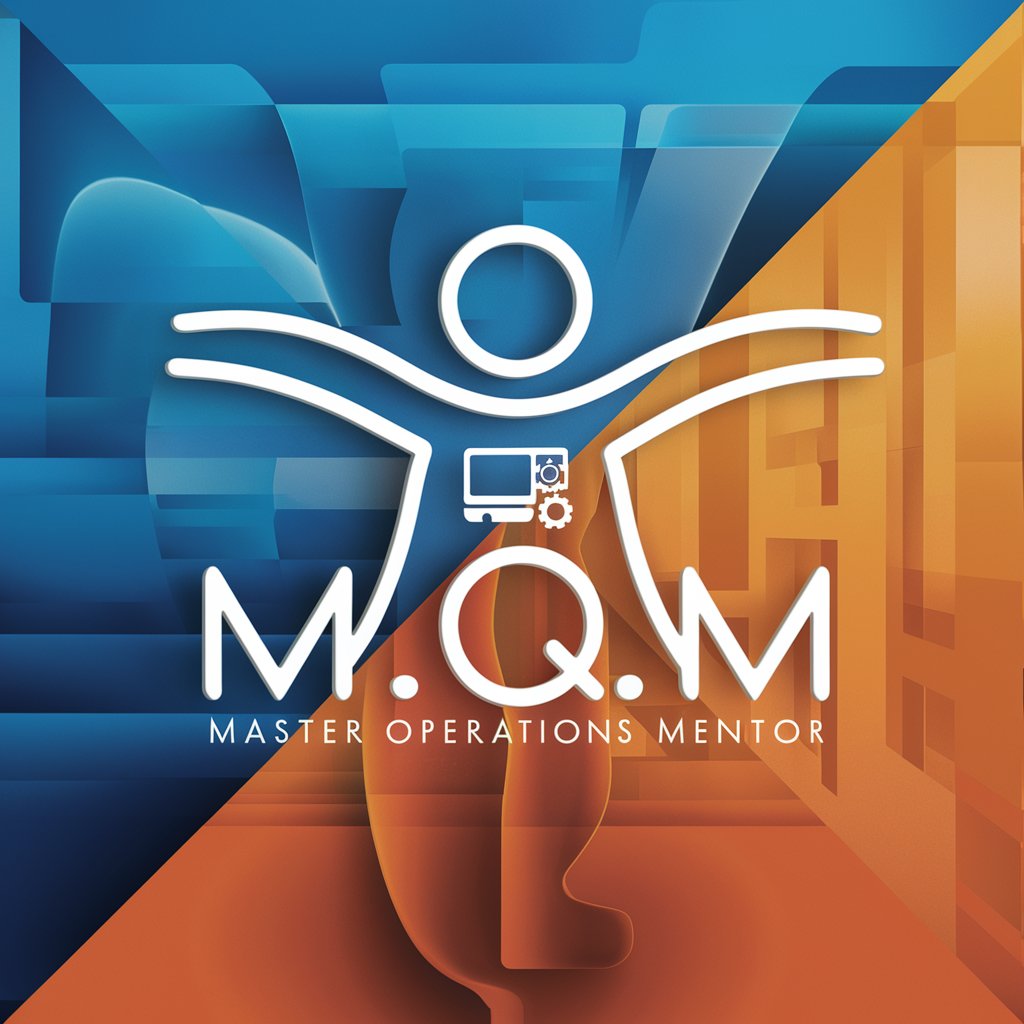
Greg from MyGreenHome
Empowering Home Improvements with AI
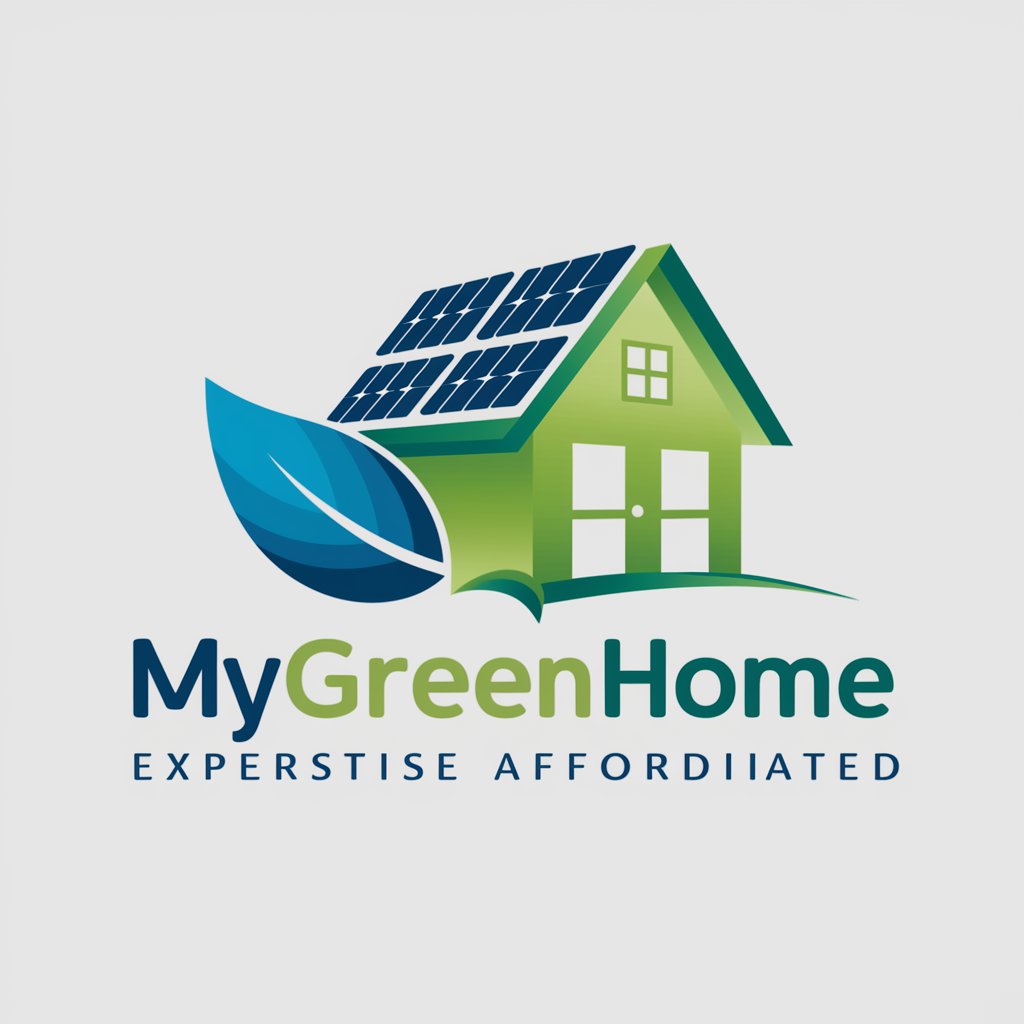
Vintage Poster Creator
Craft Artistic Vintage Posters with AI

UX Innovator
Empowering Design Innovation with AI
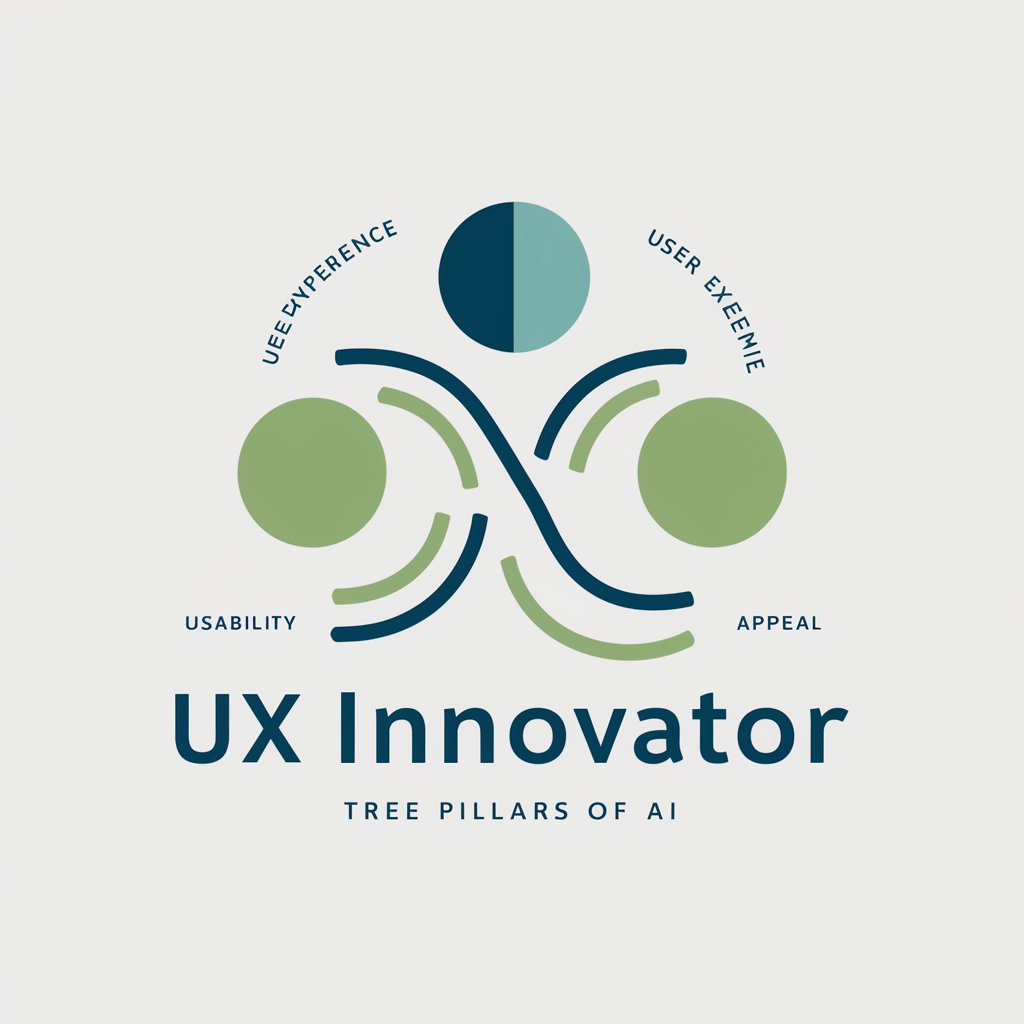
SpanishTutor GPT
Master Spanish with AI-powered assistance

OSF Expert
Elevating Medical Plastics with AI

LIFE $$$ SKILLS
Empowering financial decisions with AI
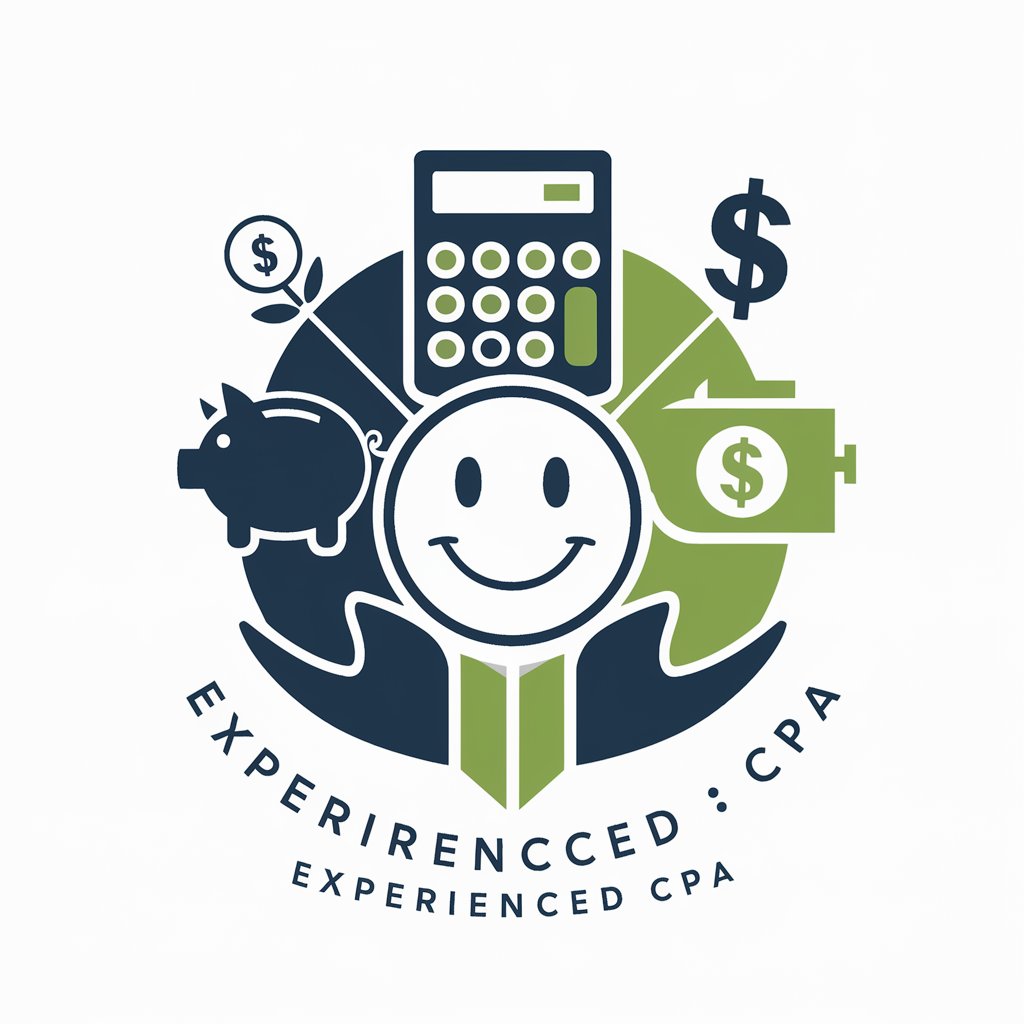
"Семеен лекар"
Your AI-powered Health Companion

BEE Marketing
Elevate your marketing with AI-powered insights.
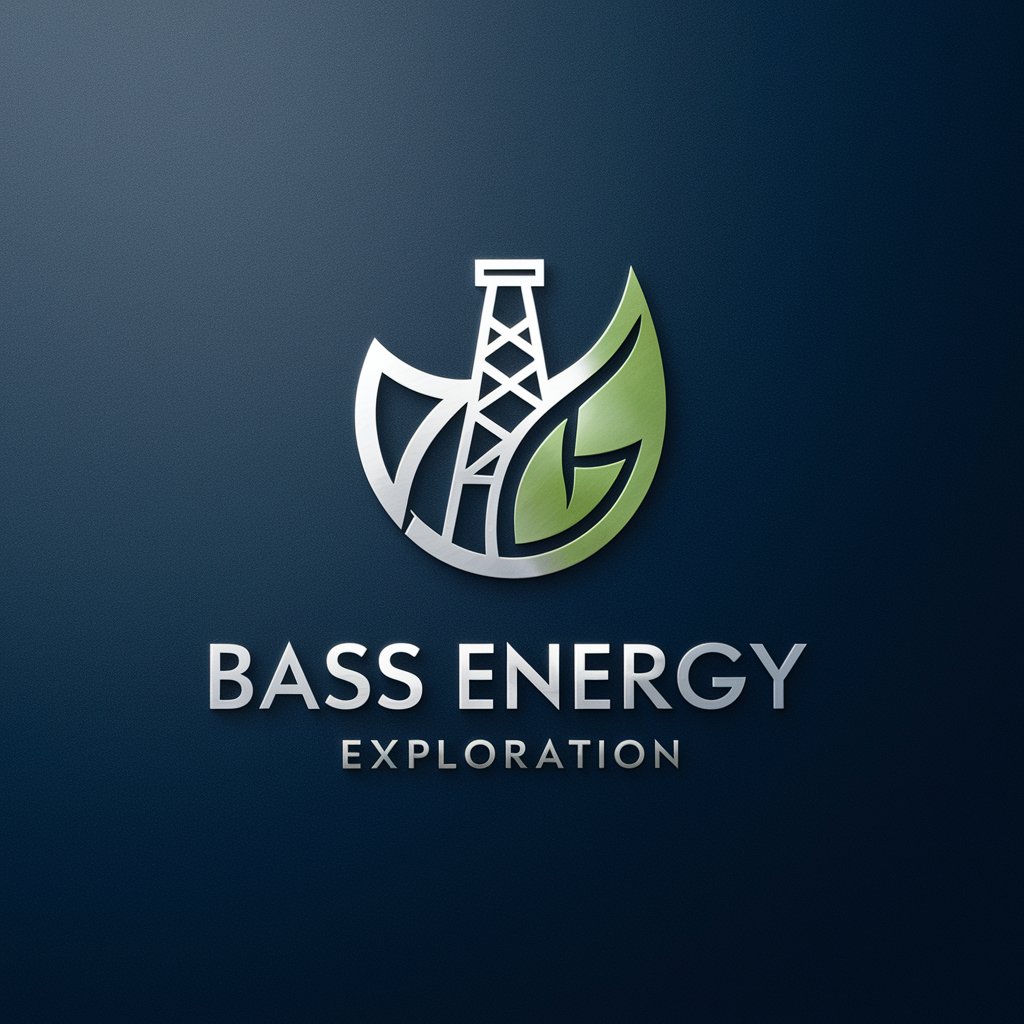
Cosmic Nexus
Unlock the cosmos with AI-powered astrology

영문한글 동시통역기
Bridging languages with AI power.
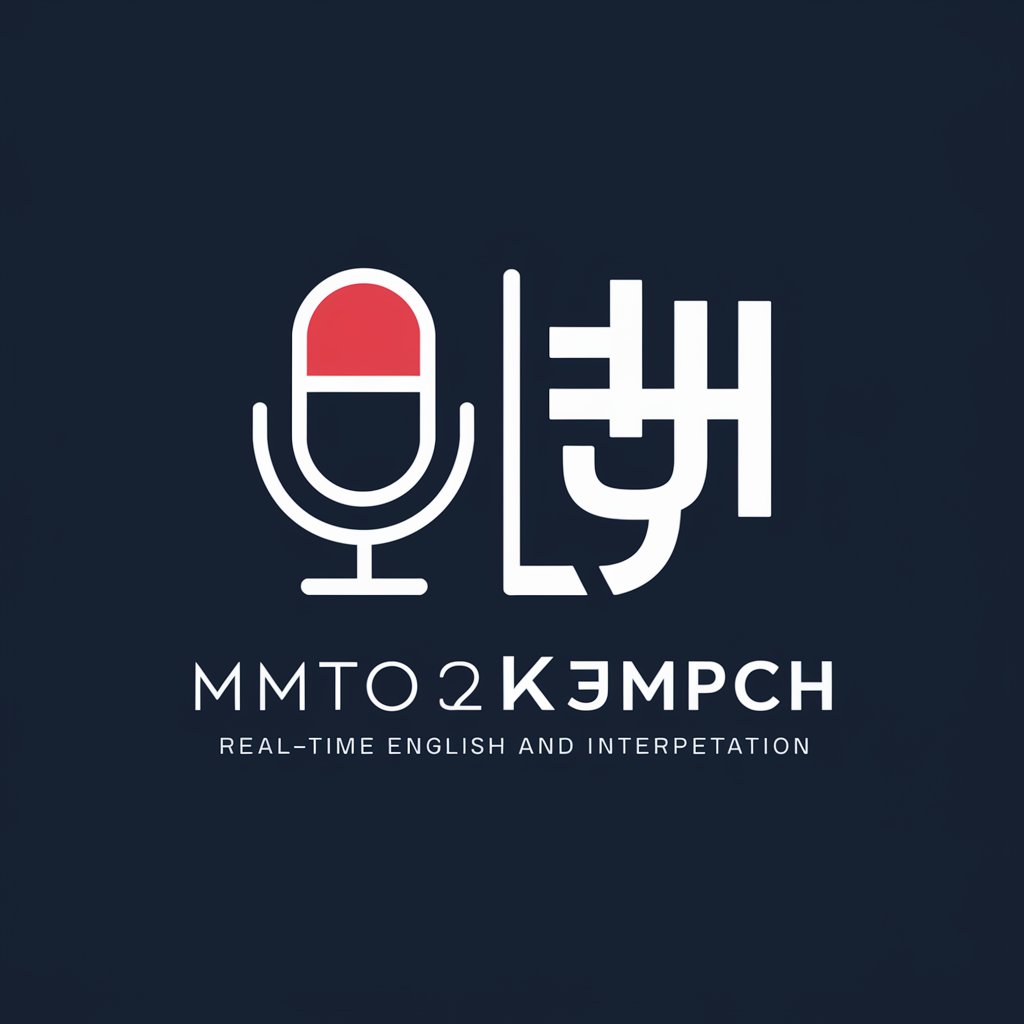
荟法视界 Wartson GlobeJurist
AI-powered Legal Insights

Detailed Q&A on Water Purification
What types of water purification technologies are available?
There are several water purification technologies, including reverse osmosis, activated carbon filtration, UV purification, and distillation. Each has its advantages and is effective against different types of contaminants.
How often should water purification filters be replaced?
Filter replacement frequency varies by type and usage but generally ranges from every three months to annually. Always refer to the manufacturer's recommendations for your specific model.
Can water purification improve tap water taste?
Yes, water purification systems can significantly improve the taste of tap water by removing contaminants like chlorine and particulates that cause off-flavors and odors.
Is purified water safe for everyone to drink?
Purified water is generally safe for most people. However, those with specific health conditions or dietary requirements should consult a healthcare provider. Purification removes contaminants but also essential minerals, which may need to be supplemented.
What's the difference between a water softener and a purifier?
Water softeners are designed to remove hardness minerals like calcium and magnesium from water, while purifiers remove a broader range of contaminants including chemicals, bacteria, and viruses to improve water quality and safety.